Stunning jade mask found inside the tomb of a mysterious Maya king
National Geographic Explorer Francisco Estrada-Belli’s discovery in Chochkitam, Guatemala, sheds new light on an ancient society.

Choked by rainforest and crowded with fallen leaves, palms, and chunks of stone, the little-known site of Chochkitam, Guatemala, seems an unlikely place for a breathtaking archaeological find—much less one that reveals new information about a still murky time period that’s long baffled researchers.
But that’s exactly what researchers recently discovered at the site, in the form of a mysterious, interlocking jade mask believed to have belonged to a previously unknown Maya king.
The find tells a fascinating story of religious devotion and royal succession during the early Classic period of the Maya nearly 1,700 years ago. But it also gives credence to a growing theory that Maya royals of the era may have been in the thrall of even more powerful Mesoamerican dynasties.
“It’s a very controversial subject,” says archaeologist and National Geographic Explorer Francisco Estrada-Belli. “The mask is one more nail in the coffin” of old interpretations of Maya history, he says.
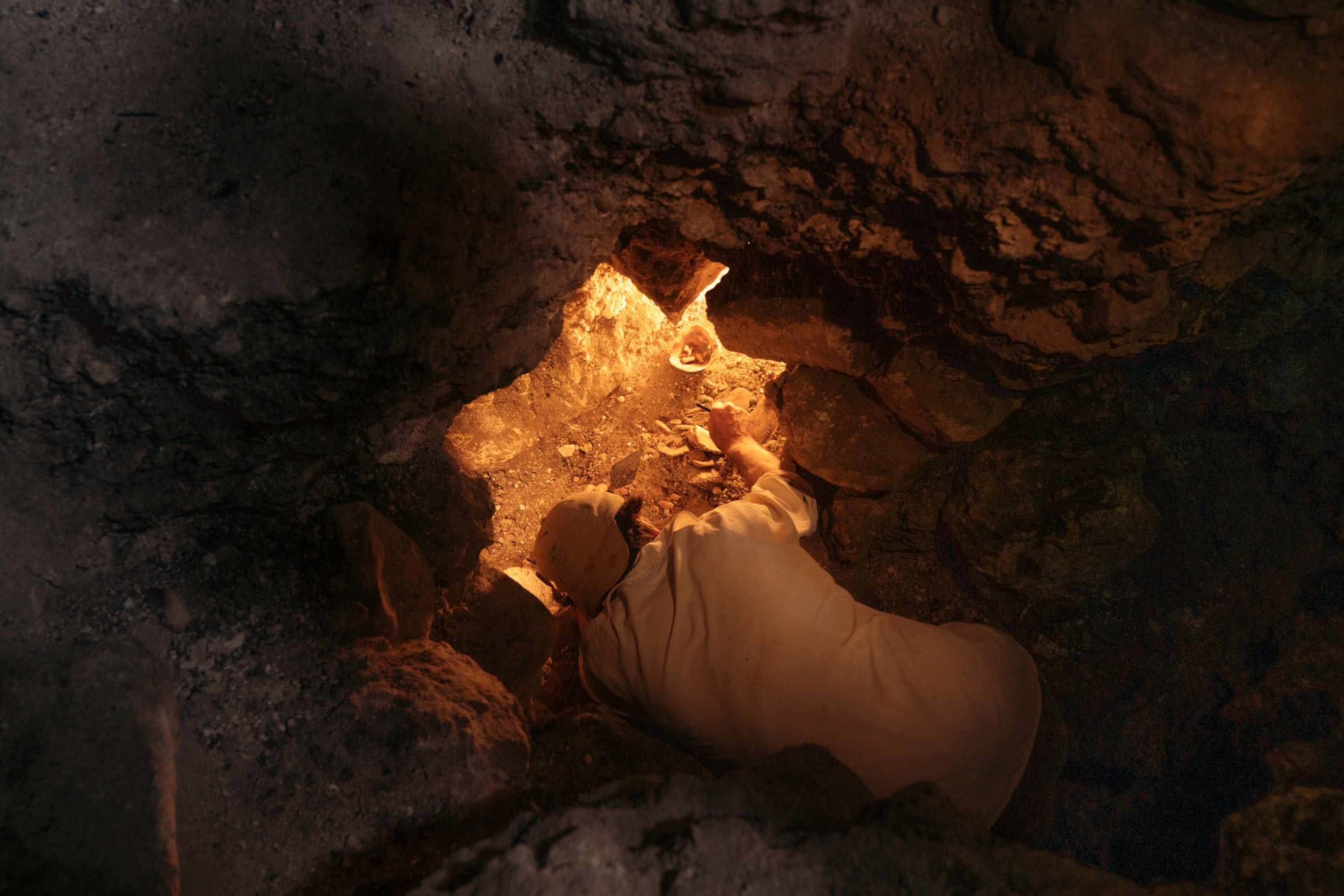


Discovery of a royal pyramid—and coffin
The Chochkitam site and its history have long been obscured by the ravages of time and the density of the rainforests of Petén, the northeastern lowlands region of Guatemala that’s bounded by Mexico and Belize. Though the archaeological site has been known since the early 20th century, its connection to the Maya civilization has eluded modern scholars.
(Who were the Maya? Decoding the ancient civilization's secrets.)
Part of the reason is the time period in which it arose. The Maya Classic period, spanning from about A.D. 250 to 900, represents the civilization’s peak. But little text remains from the period, and much of its glory was decimated by looting in archaeological sites.
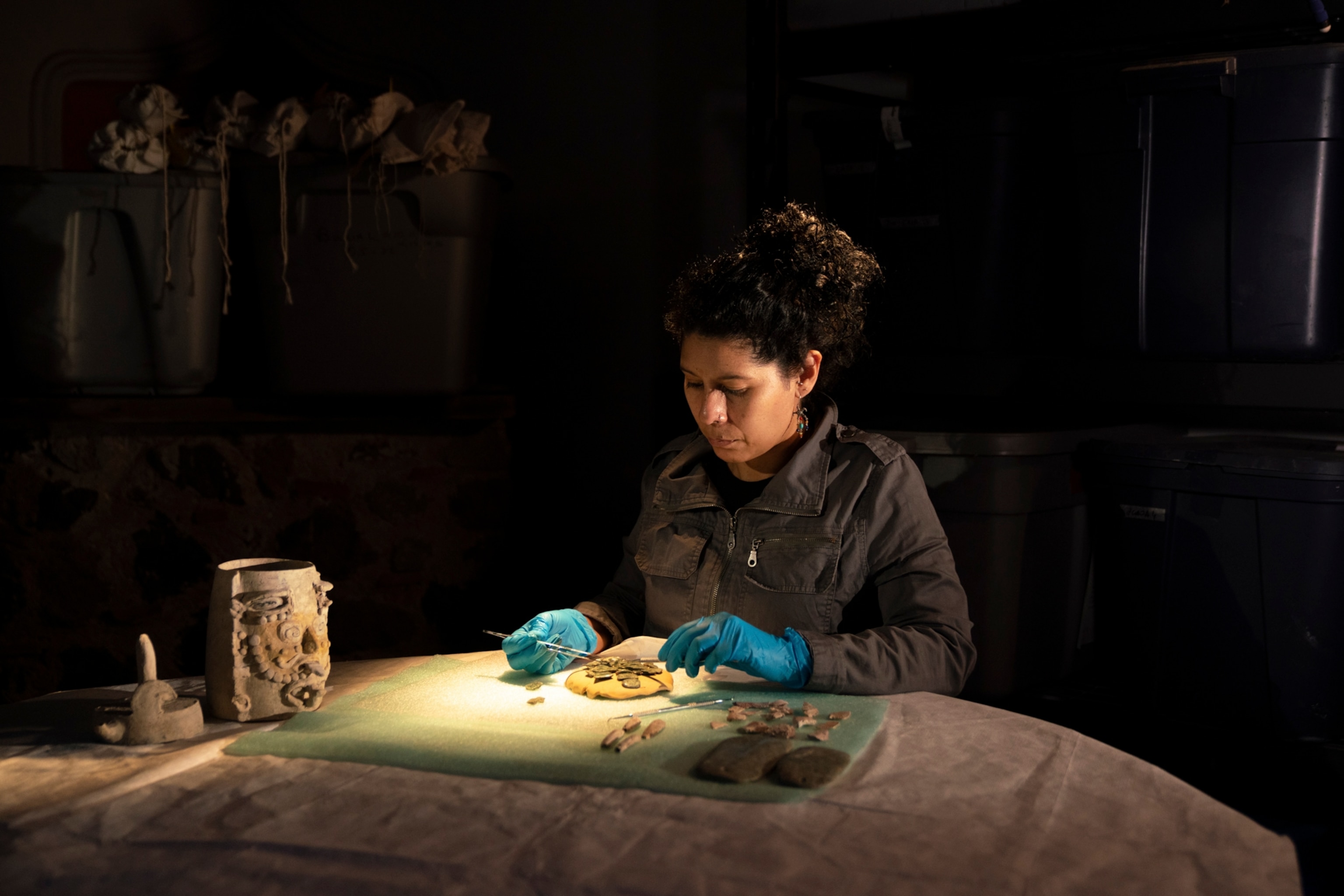
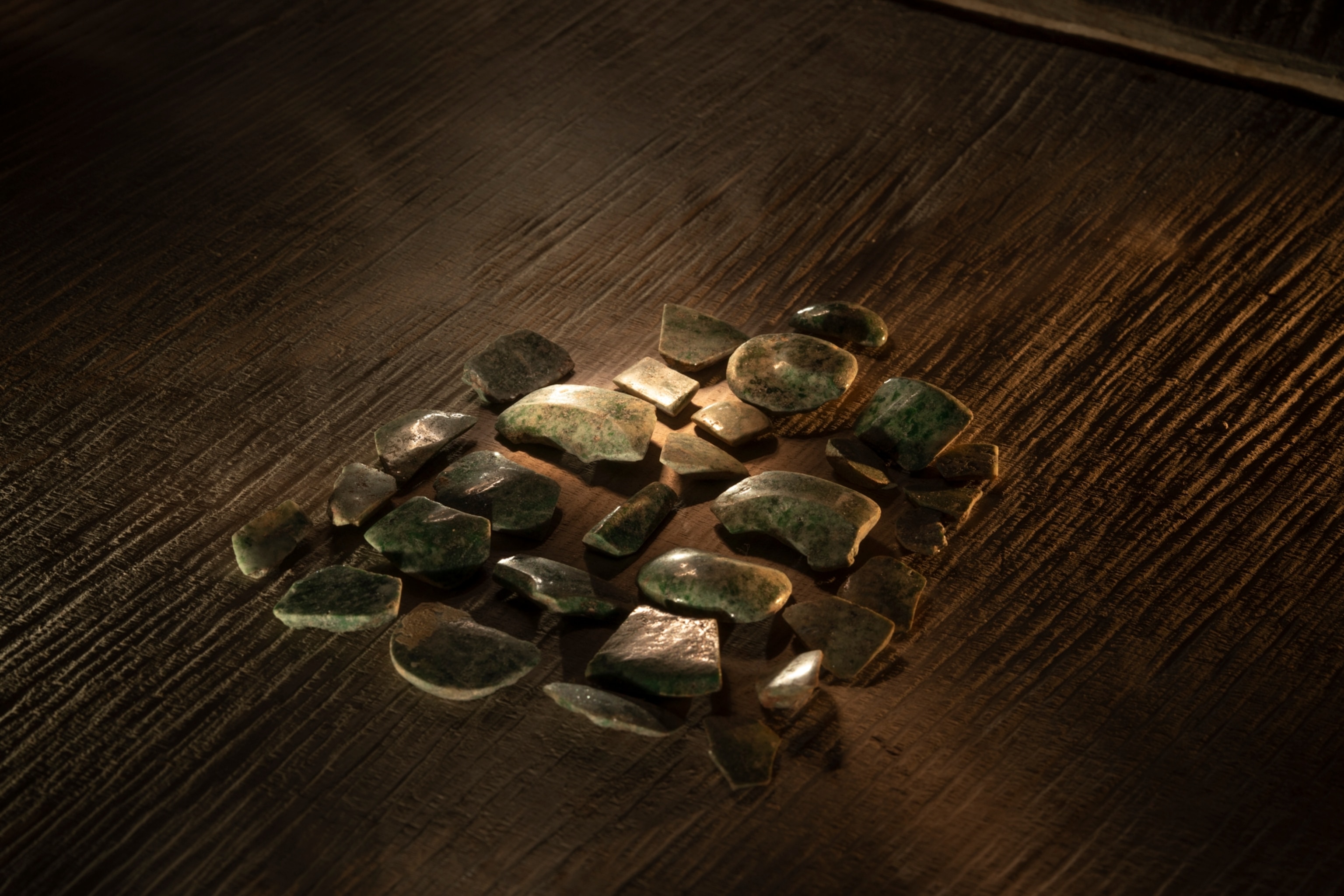
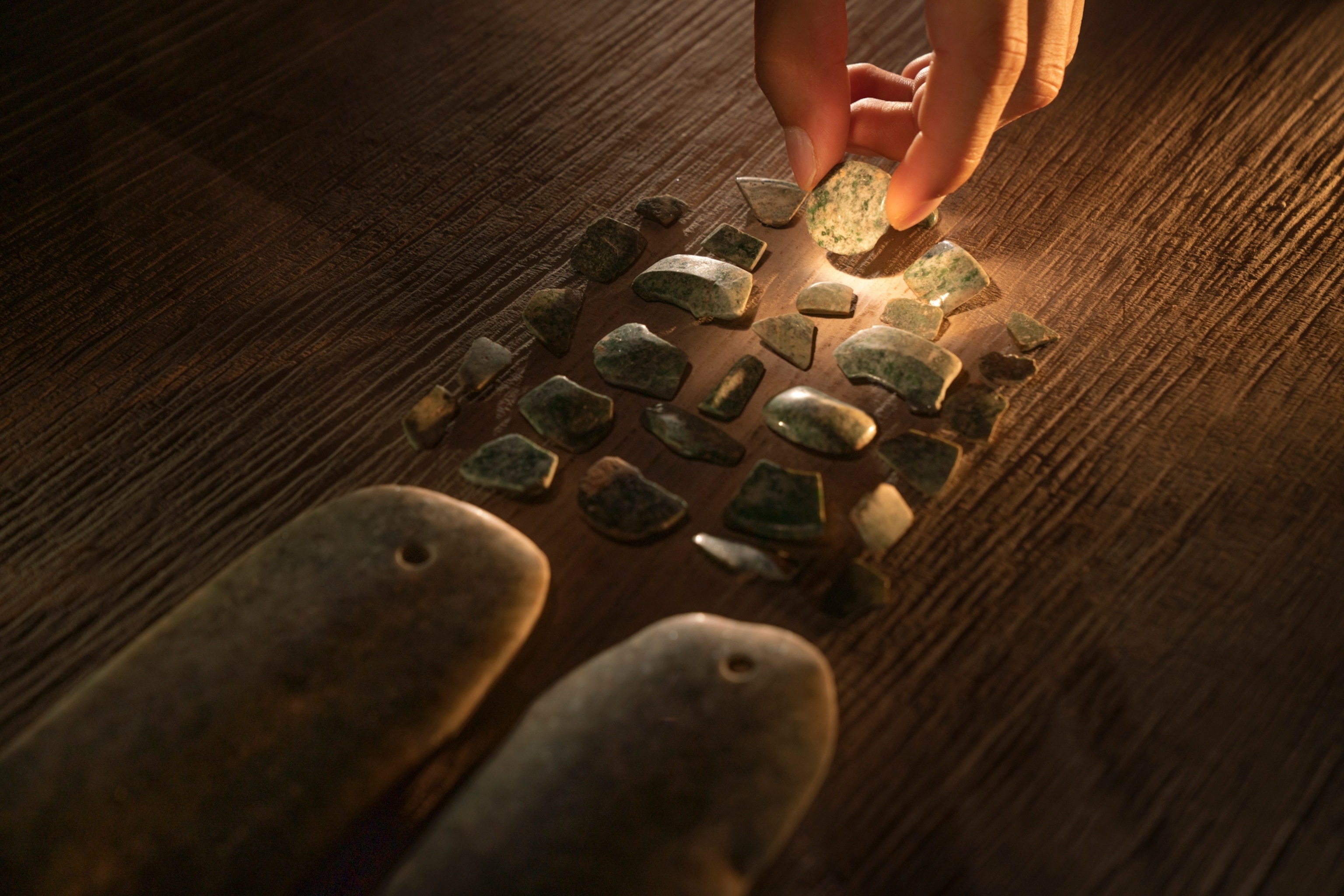
In fact, grave robbers beat Estrada-Belli and his team to Chochkitam. In 2021, using lidar technology, Estrada-Belli found evidence that looters had tunneled inside a seemingly royal pyramid within the city’s monumental core. But he and a colleague, Bhanny Giron, noticed a spot the looters had seemingly missed—and decided to dig.
“It wasn’t that easy,” says Estrada-Belli, a professor at Tulane University’s Middle American Research Institute and an expert in the Preclassic and Classic Maya periods.
As the men dug more than seven meters into the pyramid, their excavation began to feel more like digging a well. But then, Giron found a skull, some teeth, and a coffin-shaped stone box. Though the box’s top had collapsed, Estrada-Belli spotted the offerings that had accompanied the burial: a pot, an assemblage of huge oyster shells, several pieces of bone, and a grouping of carefully arranged pieces of shiny jade.
A jade mask fit for a king
Back in the lab, in late June 2022, Estrada-Belli homed in on the chunks of jade, known to archaeologists as tesserae. In other Maya sites, such blocks had been used to form mosaic masks for royal burials—often arranged to represent deities or ancestors and commonly associated with the wealth and power of the people with whom they were interred.
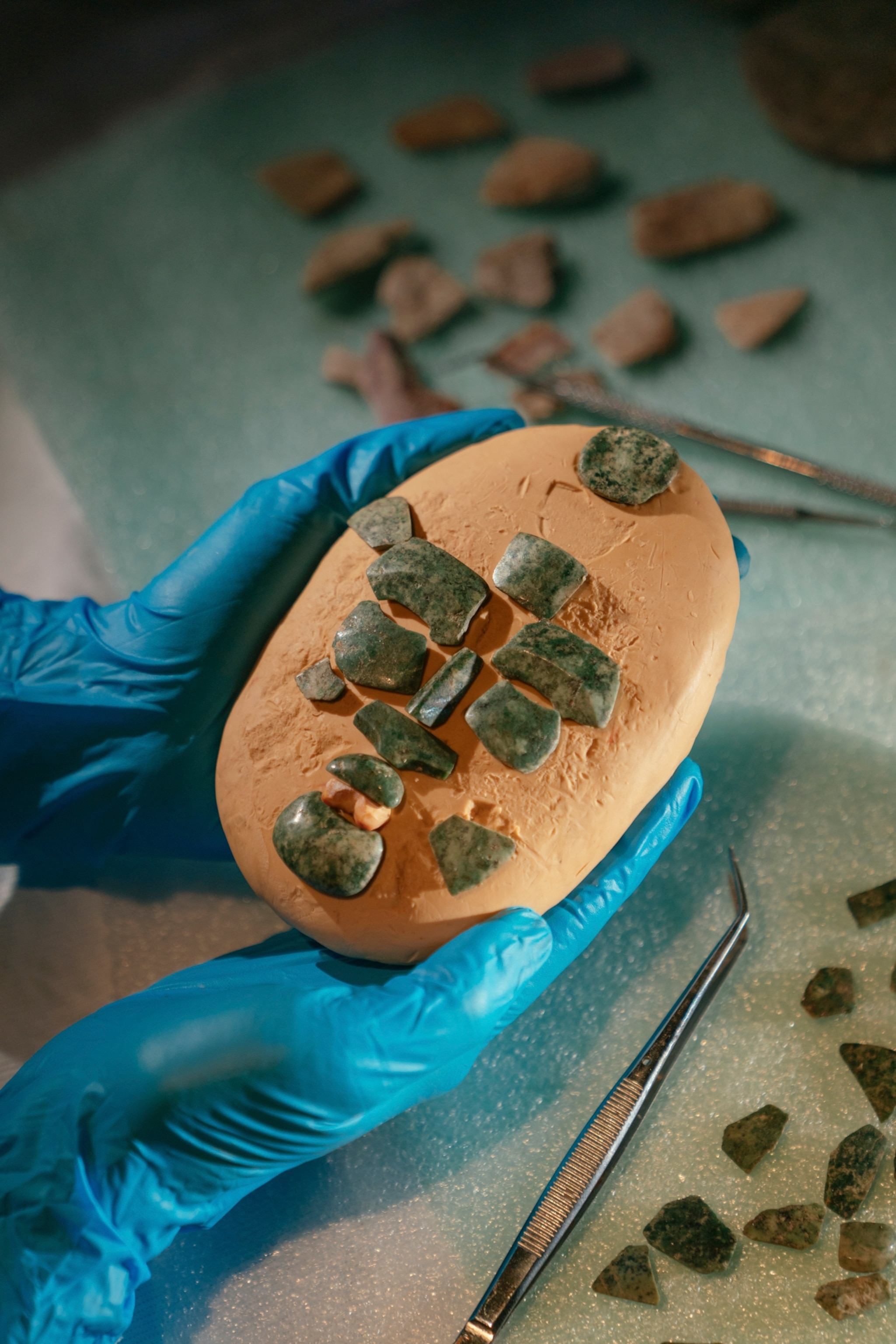

With a few movements of the tiles, Estrada-Belli quickly assembled the jade into a face complete with spiral eyes and sharp teeth.
A sharp-eyed colleague noted that some of the bones the archaeologists had thought belonged to the crypt’s inhabitant were actually covered in fine carvings, likely made using volcanic obsidian glass. As it turned out, two of the bones weren’t those of the buried king at all—but their carvings revealed the identity of the royal ruler. Extraordinarily, one of the carvings depicted a ruler holding up the head of a Maya deity—the exact god represented in the mask Estrada-Belli had pieced together.
But who were they? University of Alabama archaeologist Alexandre Tokovinine, who specializes in Maya epigraphy, helped Estrada-Belli decode the glyphs, unlocking the secrets of the identities of both the ruler—Itzam Kokaj Bahlam (“sun god/bird/jaguar”)—and the god. Known to archaeologists as Yax Wayaab Chahk G1, the swirling deity represents a manifestation of the Maya storm god directly translated as “first sorcerer rain god.”
The find is “very, very unusual,” says Estrada-Belli—and has proven extraordinarily informative about a time and place that remain stubbornly obscure.
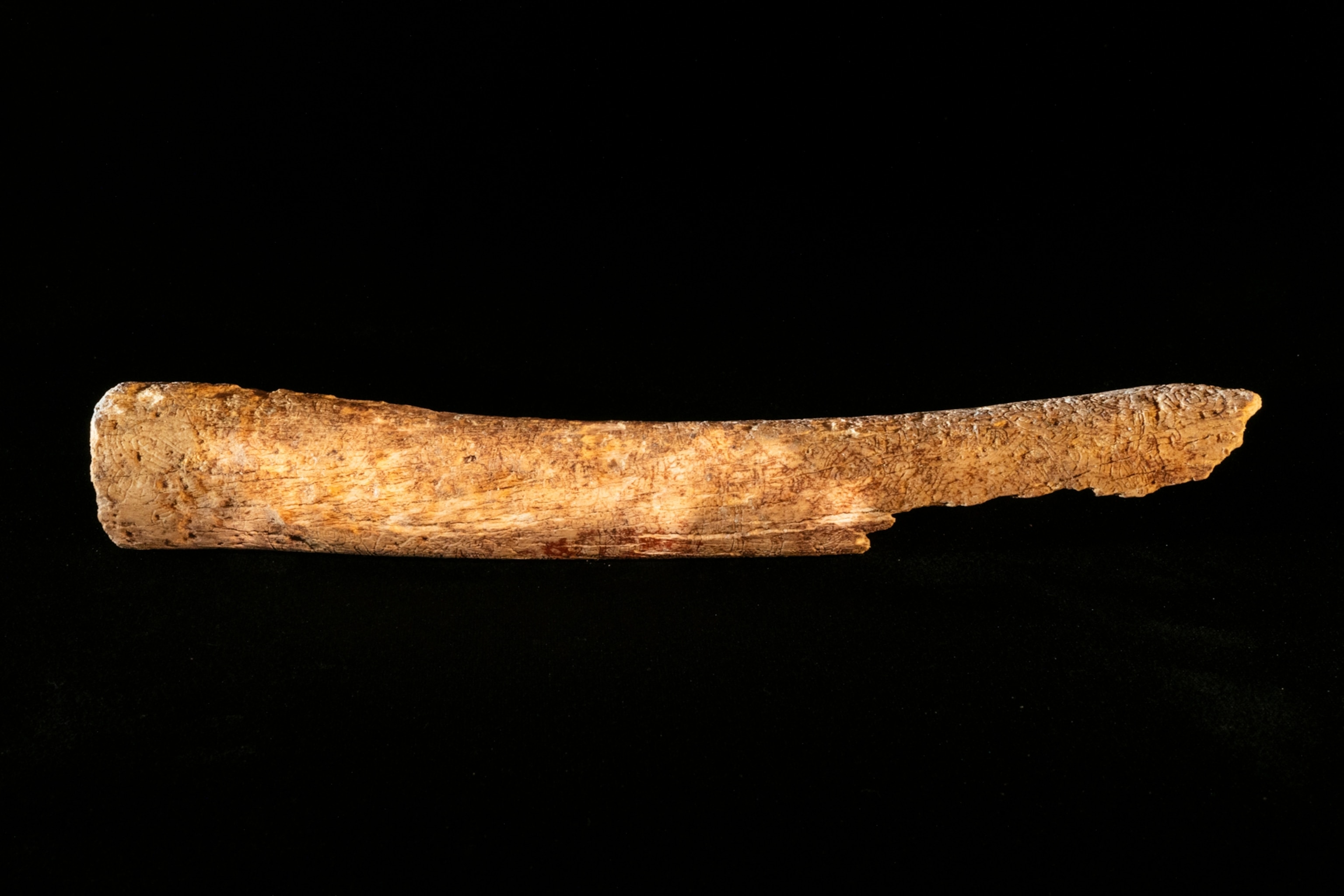
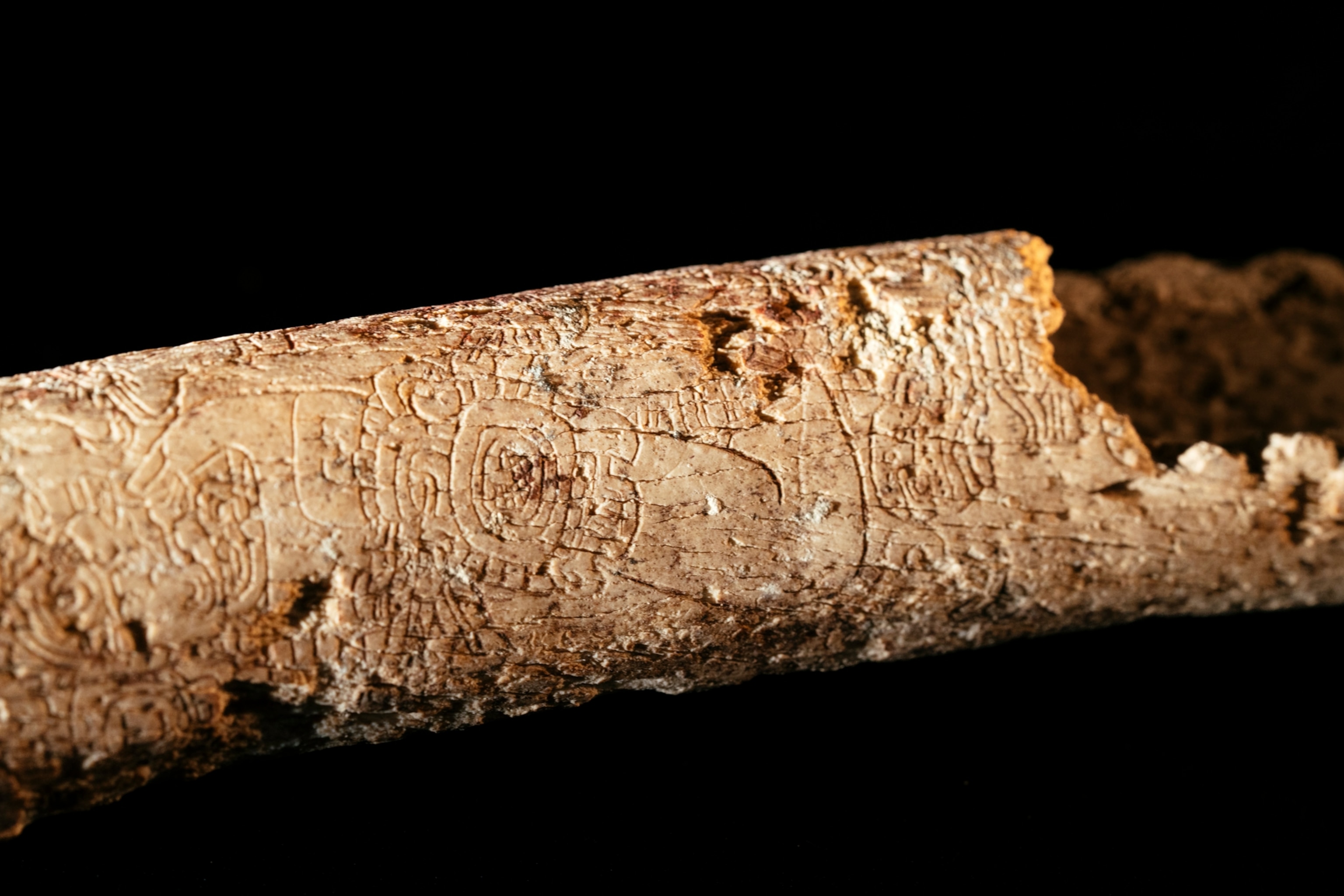

A new glimpse of an ancient society
As revealed by the radiocarbon dating of incense and the bones found in the crypt, Itzam Kokaj Bahlam likely reigned over the city in about A.D. 350.
Though his burial site clearly shows a Maya ruler with elite status and royal power, references in the artwork and buildings discovered at the site give credence to a growing theory that many local leaders of the time were subordinates or even puppets of other, more powerful, kings. Some of the items found there echo those found in other powerful Mesoamerican cities, including a depiction of Itzam Kokaj Bahlam in a full-frontal position.
(Who were the Snake Kings, the Maya's most powerful alliance?)
“Everything suggests to me that this was a Maya king who was part of a network of Maya royalty in the sphere of influence of Tikal and Teotihuacán,” says Estrada-Belli. The ancient Mesoamerican city of Teotihuacán, located in modern-day Mexico, and the Maya city of Tikal, also located in Petén, were both larger and more influential than the relative backwater of Chochkitam.
“There’s no statement of vassalage at the site,” says Estrada-Belli. “But if you read between the lines, that’s what it means—these were vassals, probably of Tikal directly and Teotihuacán indirectly.”

There’s more to learn about the kings of Chochkitam and their connections to other powerful rulers in the still-murky early Classic period of the Maya. Estrada-Belli and his colleagues intend to pursue everything from ancient DNA studies of the bones found at the site to the possibility of finding more treasures buried within these abandoned pyramids.
But in the meantime, we can still marvel at the magnificence of the lost Maya king’s jade mask. Taken together, the archaeologist says, the mask and the carved bones that accompany it carry the kind of thrill that’s rare in the laborious, painstaking world of archaeological research.
“You can look at the bones of this individual,” says Estrada-Belli. “But you can also see him dressed in his regalia”—and in full possession of his royal power. “It’s a tremendous thrill and a privilege,” the National Geographic Explorer adds. “Sometimes we do get lucky.”
The nonprofit National Geographic Society, working to conserve Earth’s resources, helped fund this article. Estrada-Belli’s research was also partially funded by Pacunam, Hitz Foundation, Alphawood Foundation, and Summitracing.
A version of this story appears in the March 2024 issue of National Geographic Magazine.
You May Also Like
Go Further
Animals
- Sharks found with cocaine in their systems. How did that happen?Sharks found with cocaine in their systems. How did that happen?
- How do you save an animal from extinction? Try changing its name.How do you save an animal from extinction? Try changing its name.
- How to rescue animals in the face of extreme weatherHow to rescue animals in the face of extreme weather
- How removing a dam could save North Carolina's ‘lasagna lizard’How removing a dam could save North Carolina's ‘lasagna lizard’
- Amid amphibian apocalypse, ‘frog saunas’ offer promising solutionAmid amphibian apocalypse, ‘frog saunas’ offer promising solution
Environment
- 2024 Olympics may be hottest ever—are athletes prepared?2024 Olympics may be hottest ever—are athletes prepared?
- These tried-and-true tips will help you stay cool on a hot dayThese tried-and-true tips will help you stay cool on a hot day
- How storm chasing differs from what you'll see in 'Twisters'How storm chasing differs from what you'll see in 'Twisters'
- Can Paris clean up the Seine in time for the Olympics?Can Paris clean up the Seine in time for the Olympics?
History & Culture
- Here’s what early European cartographers got rightHere’s what early European cartographers got right
- 12,000-year-old burial may belong to a female ‘shaman’12,000-year-old burial may belong to a female ‘shaman’
- Why the unstoppable Mongol Empire halted their European conquestWhy the unstoppable Mongol Empire halted their European conquest
Science
- This strange disorder has doubled since the pandemicThis strange disorder has doubled since the pandemic
- Why do so many virtual assistants have female voices?Why do so many virtual assistants have female voices?
- The moon is hostile. A newly found cave could be a lifesaver.The moon is hostile. A newly found cave could be a lifesaver.
- Tampons have lead in them—what does it mean for your health?Tampons have lead in them—what does it mean for your health?
Travel
- This West African archipelago is a hiking hot spotThis West African archipelago is a hiking hot spot
- Why Denmark's Lake District is the ultimate summer destinationWhy Denmark's Lake District is the ultimate summer destination







